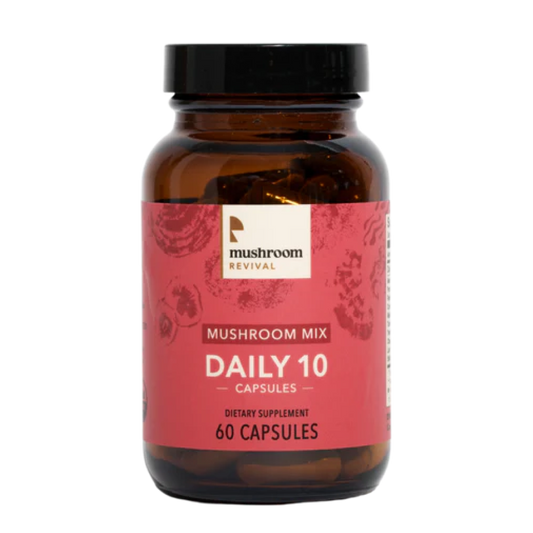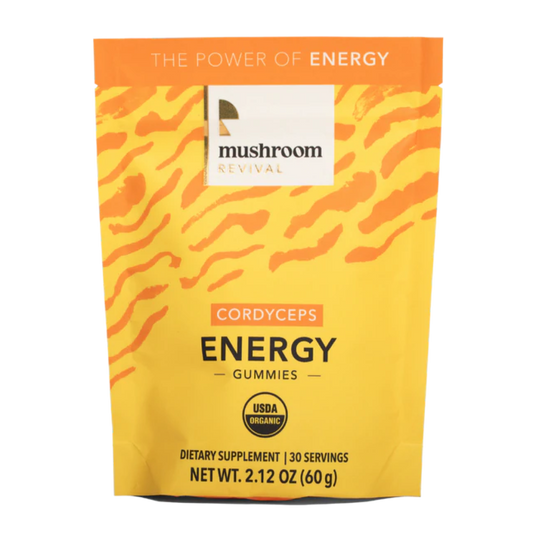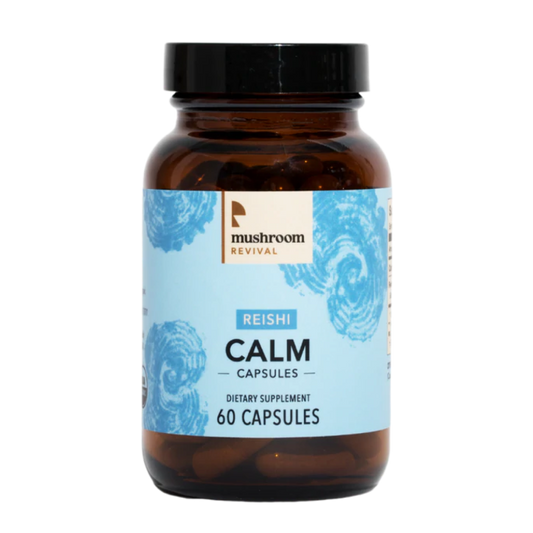A Beginner’s Guide to Prepping and Cooking Morel Mushrooms

Morel mushrooms are a much-loved “wild” mushroom. They’re incredibly delicious and only available for a short time each year. Morel mushroom “hunters” take their hobby quite seriously, and they usually won’t share the secret locations of their stash.
These mushrooms have been resistant to attempts at commercial cultivation, so when Morel mushrooms are out of season, aficionados are out of luck until next year. You can sometimes find them dried, and adept hunters sometimes find a large enough stash to sell at local farmers markets. But for the most part, Morel mushrooms remain elusive — you have to get out in the woods and find them. That’s part of their appeal!
Here’s a look at how to prep and cook Morel mushrooms.
The Basics about Morel Mushrooms
Latin name: Morchella esculenta
Common uses: possible immune support, respiratory support.* In traditional Chinese herbalism, Morels are used to support the respiratory system and regulate qi (vital energy).*
Morel mushrooms do contain beta-glucans, the complex carbohydrates that all mushrooms possess. But for the most part, these mushrooms are more of a delicacy than a supplement.
Found under poplars and pines, Morel mushrooms seem to favor recently burned forests. Morels have immunosupportive qualities, but mostly these mushrooms are prized for their earthy taste. In spring, hunting for Morels is a favorite pastime across the US (especially in the Midwest and Pacific Northwest). Spotting their distinctive cone or honeycomb shape takes some practice, since Morel mushrooms are often camouflaged by leaves or the forest floor.
Warnings: Morel mushrooms are one of the easiest to identify, but always double-check, even if you’re a seasoned forager. Morels do have some deadly look-alikes, so always forage with an expert — and do a spore test to make sure you have not picked any “false” Morels.
Real Morels will always have a hollow interior, and their stems attach directly to the cap. Again, always take a field guide or expert forager with you, and double-check your haul.
Raw or undercooked Morels are toxic, so always cook them thoroughly and in a well-ventilated area.
Tips for Cooking Morel Mushrooms
There’s a reason why so many recipes for Morel mushrooms are simple. Often, they’ll call for only salt and butter — they have such a tasty richness that they really don’t need anything fancy. While plain white button mushrooms are a blank canvas for outside flavors, the smoky earthiness of Morels is so rich and nutty, with a satisfyingly meaty texture, that it can overpower some ingredients.
Here are some of our favorite tips for cooking Morel mushrooms.
- Morels are delicious when sauteed with butter and salt (or olive oil). They are also quite good in cream sauces. Their strong taste imparts a nice flavor to the sauce.
- Try cooking Morel mushrooms with a simple gravy and serving with mashed potatoes. Or, use them in a rich cream of mushroom soup.
- These mushrooms like to host critters in their honeycomb-like pockets. They should be rinsed or brushed thoroughly to remove dirt and insects.
- Dried Morel mushrooms are a good option during the off season — and they have a concentrated flavor.
- If you’re buying them, Morels should be firm and dry, with no wrinkles or sliminess.
- Store your haul in the fridge for a week between layers of paper towels.
Want to get to know more varieties of mushrooms — and make them a part of your healthy habits? Try our Certified Organic tinctures: Cordyceps for energy, Reishi for relaxation, Lion’s Mane for the brain, and Daily 10 for immunity and health.*



























